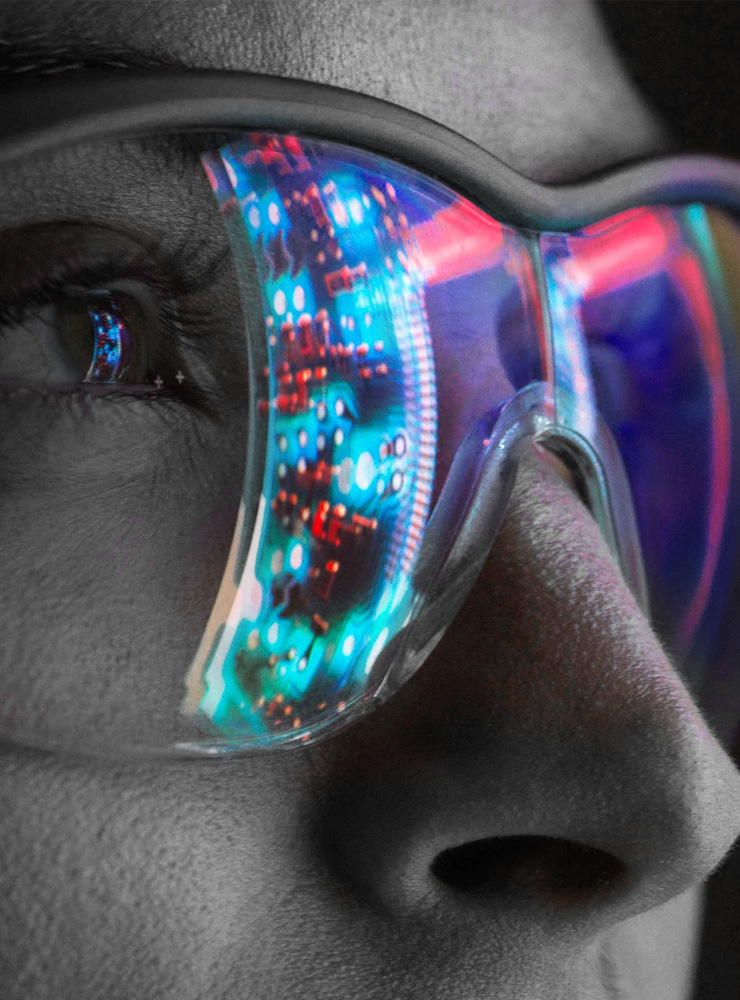Most people understand we now live in a world where time is our most valuable currency.
The average human lives 79 years or 28,835 days. So, there are an average of 692,040 hours in a lifetime. (Here’s an interesting, albeit slightly morbid, calculator on how much time you may have left.) Most people understand we now live in a world where time is our most valuable currency. The trouble with time is that you can’t buy it, you can only spend it. Because of this, we will continue to seek efficiency in all activities, personally and professionally, and continue on a never-ending journey to find time for the things we want to focus on.
Advancements in technology have led us to realize and accept machines are better at certain things than humans. Training humans to do those same things wastes our valuable time. Although this concept ignores the importance of the cognitive boost that comes from learning, people and businesses typically follow money. As we know, things that are more efficient usually make more money.
“Machines are better at certain things than humans. Training humans to do those things wastes time.”
-David Nugent
CEO, Next League
For example, as real time speech recognition is refined and fully adopted, the ability to type on a keyboard becomes similar to writing in cursive – an unnecessary skill. The impact of new technology being adopted can be felt downstream by individuals (including those who make a living teaching other people to type) and to entire businesses (including those who manufacture keyboards).
Downstream from new technologies the eddies of disruption swirl and some businesses sink.
A PwC study found that robotics, artificial intelligence and the automation they bring will put about 38% of American jobs at risk by the 2030s. Though many of those jobs are in transportation and manufacturing, even larger scale technology businesses can be impacted by machines and machine learning technologies.
Advanced robotics excel at the repetitive tasks that require high degrees of precision that humans are not good at. At the University of California, San Francisco, a robotic pharmacist is filling and dispensing prescriptions more accurately and safer than most humans. Not one error was found in over 350,000 doses, and the robot also proved to be better at assessing which medications would interact with others based on the profiles of specific patients. That program is actually more than ten years old. The U.S. Department of Labor Statistics shows there were about 320,000 pharmacists in 2020; they expect to see a decline of 2% (about 7,000 jobs) by 2030. A move towards faster and more accurate robotic pharmacists would likely significantly increase that number.
Google’s “Near Me” is artificial intelligence (AI) that allows you to look through your phone’s camera lens and have your phone tell you things like what restaurant is near you, while also providing the ability to make a reservation, all without ever touching the screen. Likewise, you can scan items on a store shelf for pricing info using AI in the camera and compare that to other prices nearby.
Although eventually this eats into traditional keyword search revenue, if Google owns most of the marketplace for this behavior (as they do for text-based search) it will not alter their earnings. In fact it probably improves them. This type of AI removes both friction and time from planning and transacting. It also likely radically changes the search advertising marketplace which today is worth around $67 billion in the U.S. and $180 billion worldwide. In this case, a little disruption will present billions in both lost revenue for old models and massive opportunity for new models.
Machines are writing software.
Andrej Karpathy, the director of AI at Tesla Motors coined the phrase “Software 2.0”, which is a reference to software developed in an abstract language that is extremely unfriendly to humans. In traditional software development a series of rules are created and associated with programmed solutions based on the rule (also referred to as conditional logic). In very large systems programming rules, and their correlated actions, can get so complex that it’s not practical for a human to develop the software with any reasonable velocity or accuracy.
In fact, many new technologies like autonomous vehicles, facial recognition, natural language processing, and image recognition are impossible to address using traditional rule-based programming. In these cases, it is easier to create AI and Machine Learning models that can be trained (with large data sets) to deliver the right actions and results. This is the philosophy of Software 2.0 and it will bring both technological advancement and efficiency to the software business.
Choices take time.
We trade data for efficiency every day in web browsers and on social media platforms. We don’t want to search for things; we want machines to know what we want and deliver them to us. In an effort to save time we even seek to make decision making more streamlined.
The average person makes about 35,000 choices per day, and that’s pretty exhausting for most of us. More options make decisions more complicated, take time from us and delay transactions, which impact revenue. NYU Stern School of Business professor Scott Galloway recently tweeted, “The biggest mistake we make in marketing is believing choice is a benefit. No, it’s a tax. Consumers don’t want more choices, they want more confidence in the choices presented.” Well run technology platforms (i.e. Netflix and Amazon’s recommendation algorithms) save time by helping to make good choices easier.
All of us need more time for things that make us healthier, happier people. For me, this means forging meaningful relationships, spending time with my family, exercising, and reading. Machines will continue to make our lives more efficient and, ideally, provide us with that most valuable of currencies.
Whether we leverage that time to lead more meaningful lives is up to us.
Next League is a technology services firm that specializes in the strategy, design, development and operations of digital products and platforms that serve the sports industry.

